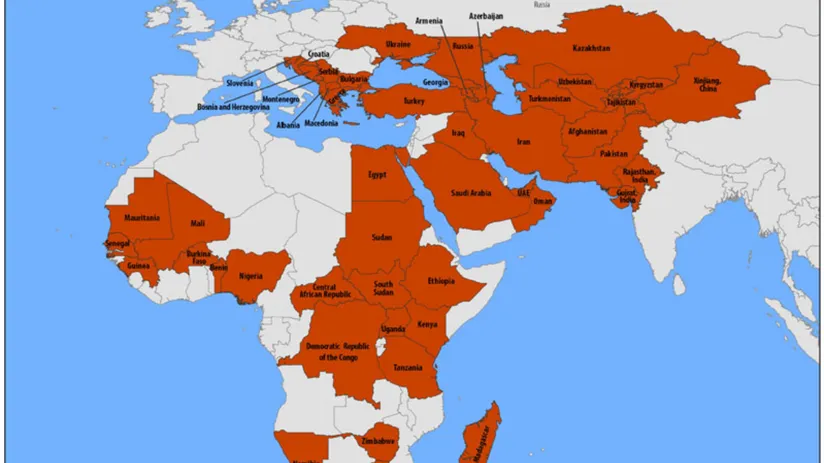(CTN News) – Britain has been cautioned about the potential arrival of a new infectious disease, Crimean-Congo Hemorrhagic Fever (CCHF), which is spreading throughout Europe.
This virus, which can cause severe illness and has a fatality rate of 10-40%, has been identified as a major public health concern.
With human-to-human transmission possible, experts believe it is a matter of when, rather than if, the disease reaches the UK. This article provides an overview of CCHF, its transmission mode, preventive measures, and the potential implications for public health.
Understanding CCHF:
Crimean-Congo Hemorrhagic Fever is a viral disease transmitted primarily through ticks and livestock animals. While ticks are the main reservoir for the virus, it can be contracted by humans through close contact with infected animals or exposure to blood or bodily fluids.
The disease has claimed approximately 500 lives yearly and has been reported in Africa, the Balkans, the Middle East, and Asia. Recent European outbreaks have raised concerns, as up to three billion people are at risk.

Lack of Vaccine and Likelihood of Spread:
Currently, there is no specific vaccine available for CCHF. The absence of a vaccine poses a significant challenge in controlling the spread of the disease.
Professor James Wood, an academic from the University of Cambridge, suggests that the virus’s arrival in the UK is a matter of when rather than if.
However, he emphasizes that the nature of CCHF does not lend itself to the same respiratory transmission observed in COVID-19. Therefore, implementing a nationwide lockdown would not be appropriate in response to this particular infection.
Preventive Measures:
New killer virus spreading across Europe may force Britain into another Covid-style lockdown.
To reduce the chances of contracting CCHF, individuals are advised to take precautions when in tick-dense areas, such as long grasslands. Wearing long trousers and tucking them into socks can help prevent tick bites.
It is crucial to be particularly cautious in hospital settings where appropriate safety measures, including personal protective equipment (PPE), should be observed.
Awareness of the disease and its potential risks is vital to ensure individuals can take necessary precautions.
Potential Arrival and Uncertainty:
Experts express concerns that migratory birds, known to carry ticks, may introduce the disease to the UK. However, there is no consensus regarding the specific timeframe for its arrival.
Professor Wood explains that there is a high level of uncertainty regarding the disease’s arrival, ranging from five to twenty-five years. While it is difficult to predict precisely, raising awareness about emerging infections is crucial given the changing world dynamics.
Symptoms and Progression:
CCHF infection typically manifests as an abrupt onset of symptoms, including fever, chills, muscle pain, headaches, nausea, vomiting, abdominal pain, and joint pain.
In severe cases, patients may experience liver or pulmonary failure, leading to death within the second week of illness.
For those who recover, improvement is generally observed around the ninth or tenth day after symptom onset.



